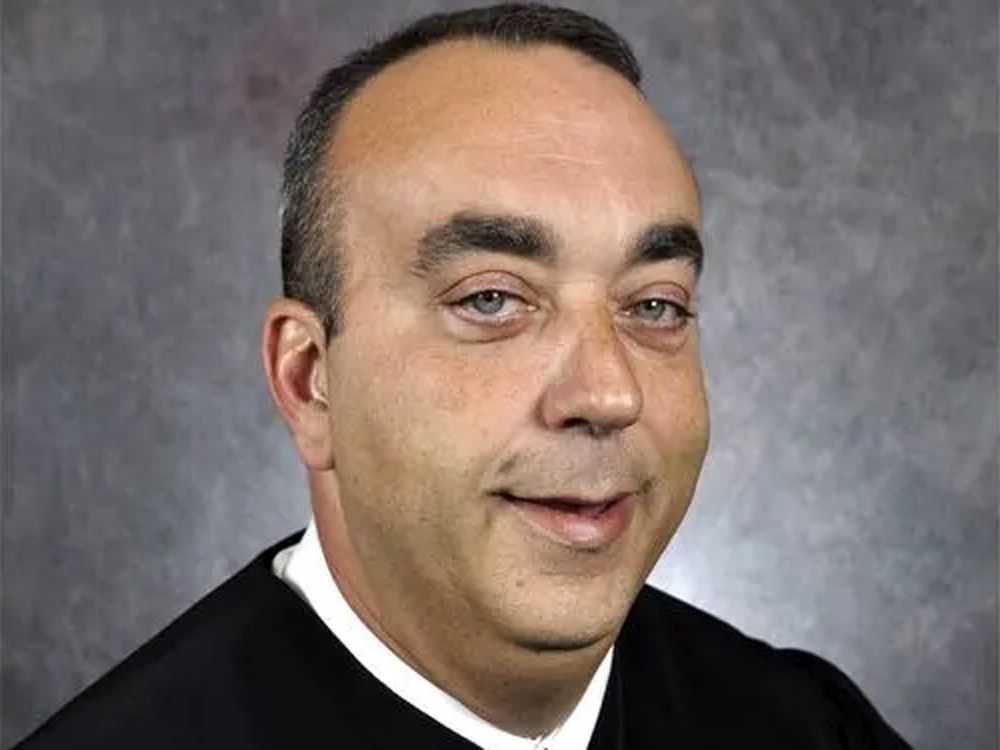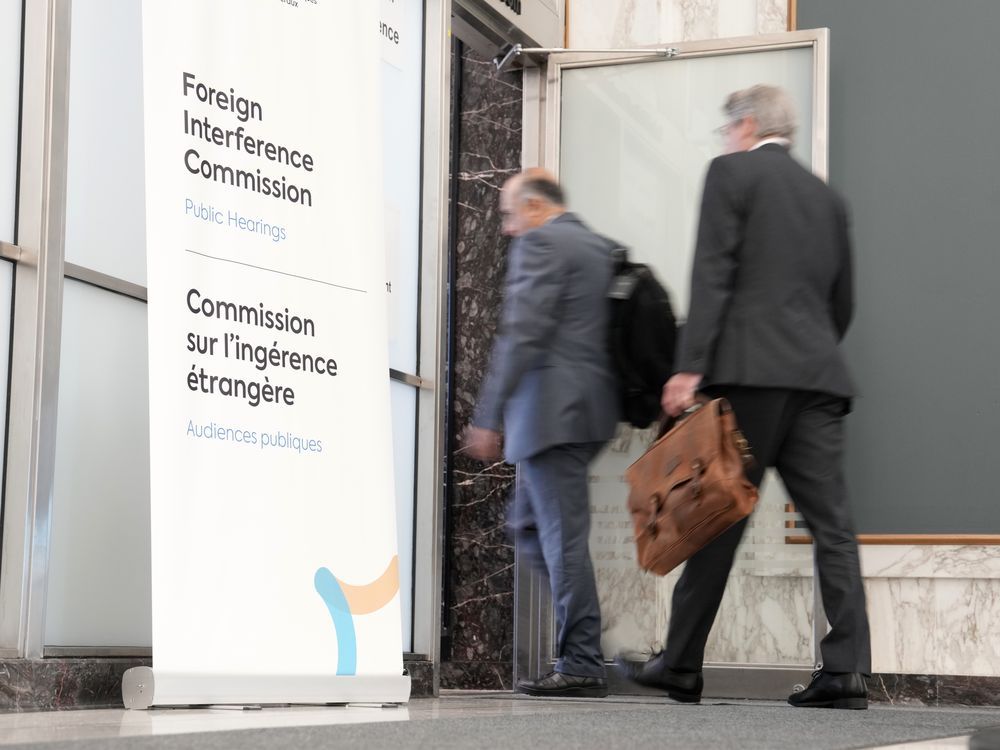Author of the article:
Associated Press
Monika Scislowska
Published Sep 02, 2024 • 2 minute read

WARSAW, Poland — Decades after they were killed, Poland held a state burial on Monday of the remains of more than 700 victims of Nazi Germany’s Second World War mass executions that were recently uncovered in the so-called Valley of Death in the country’s north.
Advertisement 2
THIS CONTENT IS RESERVED FOR SUBSCRIBERS ONLY
Subscribe now to read the latest news in your city and across Canada.
- Unlimited online access to articles from across Canada with one account.
- Get exclusive access to the Toronto Sun ePaper, an electronic replica of the print edition that you can share, download and comment on.
- Enjoy insights and behind-the-scenes analysis from our award-winning journalists.
- Support local journalists and the next generation of journalists.
- Daily puzzles including the New York Times Crossword.
SUBSCRIBE TO UNLOCK MORE ARTICLES
Subscribe now to read the latest news in your city and across Canada.
- Unlimited online access to articles from across Canada with one account.
- Get exclusive access to the Toronto Sun ePaper, an electronic replica of the print edition that you can share, download and comment on.
- Enjoy insights and behind-the-scenes analysis from our award-winning journalists.
- Support local journalists and the next generation of journalists.
- Daily puzzles including the New York Times Crossword.
REGISTER / SIGN IN TO UNLOCK MORE ARTICLES
Create an account or sign in to continue with your reading experience.
- Access articles from across Canada with one account.
- Share your thoughts and join the conversation in the comments.
- Enjoy additional articles per month.
- Get email updates from your favourite authors.
Article content
The observances in the town of Chojnice began with a funeral Mass at the basilica, leading to an interment with military honours at a local cemetery of the victims of the Nazi crimes. The remains were contained in 188 small wooden coffins with ribbons in national white and red colors across them.
Relatives of the victims, an aide to President Andrzej Duda, local authorities and top officials of the state National Remembrance Institute, which carried out and documented the exhumations, took part in the events.
“We want to give back memory, we want to give back dignity to the victims of the crimes in Chojnice,” presiding Bishop Ryszard Kasyna said.
Duda sent a message saying that the deaths weren’t in vain and the victims will always be held in the national memory, because the only reason they were killed by the Nazis was the fact that they were Polish.
Advertisement 3
Article content
The remains of Polish civilians, including 218 asylum patients, were exhumed in 2021-2024 from a number of separate mass graves on the outskirts of Chojnice. Personal belongings and documents helped identify around 120 of the victims of an execution in early 1945. Among them were teachers, priests, police officers, forestry and postal workers, and landowners.
Historians have established that the Nazis, shortly after invading Poland on Sept. 1, 1939, executed some of the civilians, in a drive to subdue the nation. The remains of another 500 victims are from the January 1945 execution, when the Germans were fleeing the area. Bullets and shells from handguns used by German forces were found in the graves.
Experts will continue to comb the area for more mass graves of the so-called Pomerania Crime.
Poland lost 6 million citizens, or a sixth of its population, of which 3 million were Jewish, in the war. The country also suffered huge losses to its infrastructure, industry and agriculture.
Article content
.png)
 2 weeks ago
14
2 weeks ago
14

































 Bengali (BD) ·
Bengali (BD) ·  English (US) ·
English (US) ·